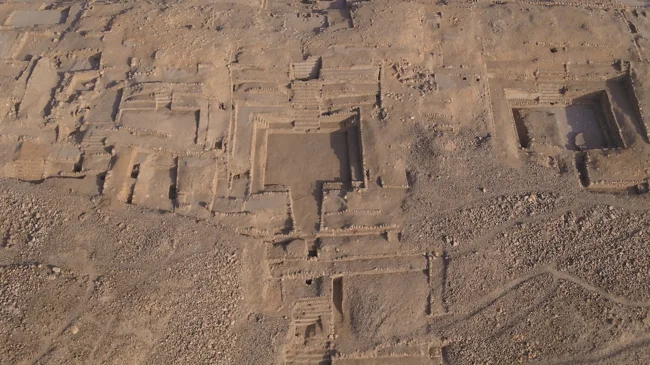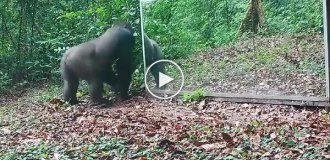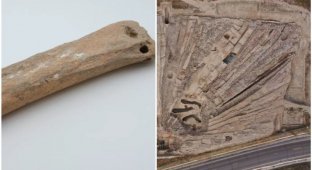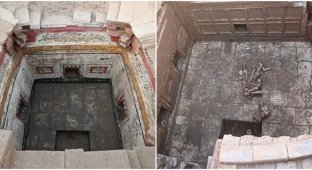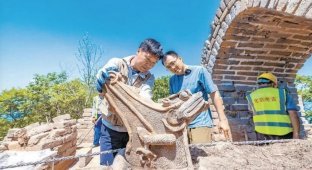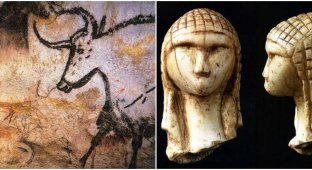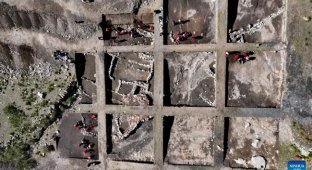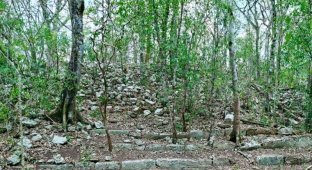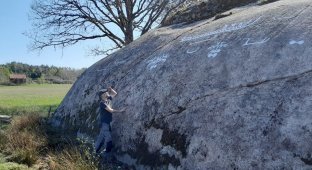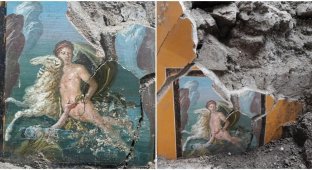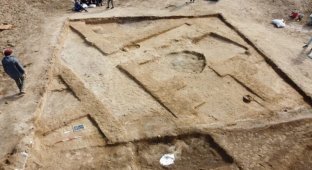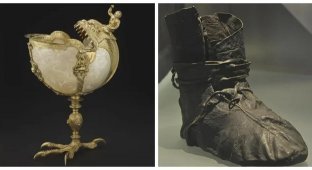Archaeologists Discover 3,500-Year-Old City in Peru (5 photos)
A city called Penico, which is about 3,500 years old, has been discovered in Peru. It is located in the northern province of Barranca, near the site where the oldest civilization in America, Caral, emerged 5,000 years ago. Archaeologists believe that Penico may have been an important trading hub, connecting the cultures of the Pacific coast with the peoples of the Andes and Amazon. 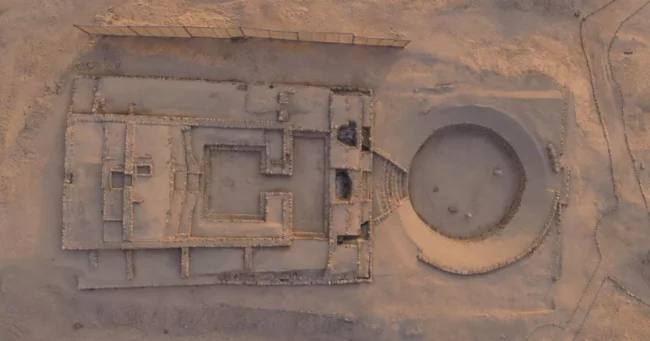
At an altitude of 600 meters above sea level, experts found ceremonial temples, residential complexes, and a round structure on a terrace. The remains of stone and adobe buildings have been preserved here. The walls of the central square are decorated with bas-reliefs and images of pututu - trumpets made of sea shells, whose sound can be heard over long distances.
In the buildings, researchers found clay sculptures of people and animals, rituals and necklaces made of beads and shells. 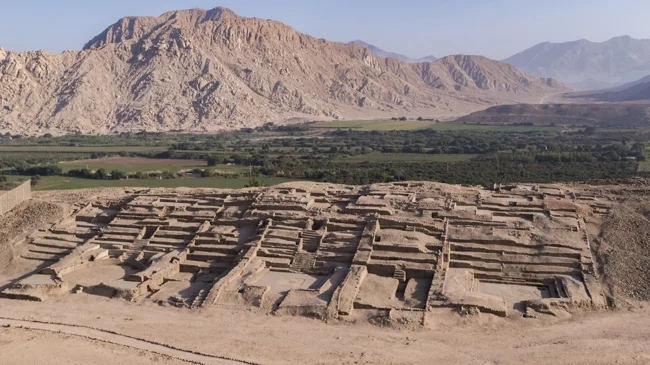
Peñico reached its peak around the same time as the early civilizations of the Middle East and Asia, between 1800 and 1500 BC. But what intrigued archaeologists most was that the city is located near the site where the oldest civilization in the Americas, Caral-Supe (Norte Chico), emerged 5,000 years ago. 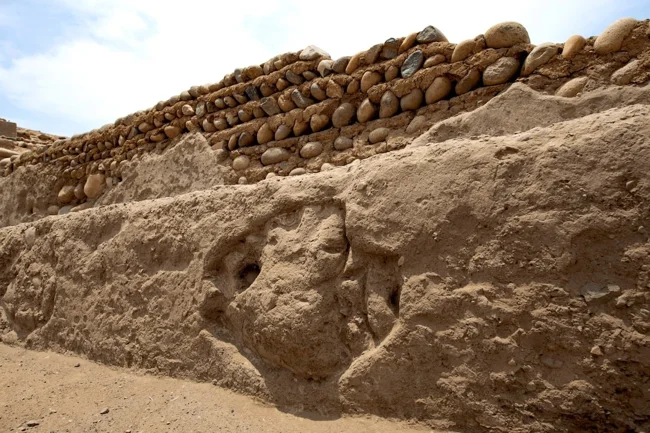
Caral is an ancient city of 32 monumental structures that is contemporary with the civilizations of Egypt, India, Sumer and China. According to scientists, it developed in complete isolation, unlike others.
Ruth Shady, a researcher at Unico, shared that the newly discovered city is of great importance. It arose after the Caral civilization was destroyed by climate change.
“Peñico was in a key location for trade, linking coastal, mountain and forest communities,” Shady noted.
Archaeologist Marco Machaquay told a news conference that the importance of Peñico is that it is a continuation of the Caral culture. 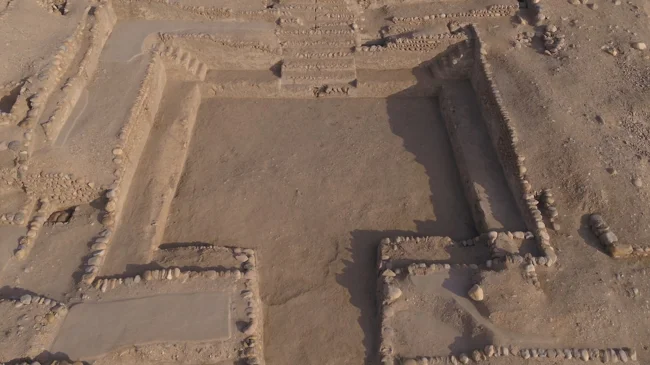
Peru is a heartland of ancient civilizations. It is home to unique archaeological sites such as Machu Picchu in Cusco and the enigmatic Nazca Lines in the desert along the country's central coast.
In May, a vandal spray-painted a wall of an ancient Peruvian UNESCO World Heritage site. The young man painted a phallus on one of the unique walls of Chan Chan, a pre-Columbian city 300 miles north of Lima.
The Peruvian Ministry of Culture expressed outrage at the actions of the criminal. According to them, he showed disrespect for the history and culture of the country, and also violated the rules for the protection of archaeological heritage sites. The authorities have not yet established the identity of the "artist", but he could face up to six years in prison. 